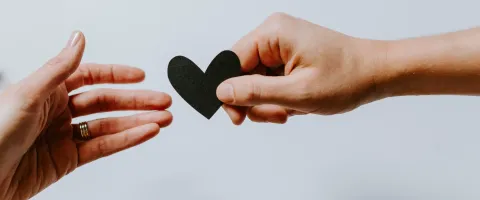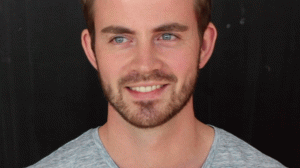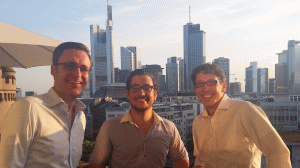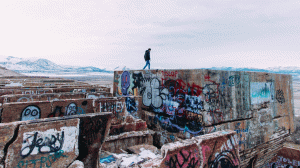In Part 1, we discussed the magic communities hold and the four common hurdles faced by many communities aiming for impact. Now we want to look at how this knowledge can and should influence our action as members of communities, as community builders and society as a whole.
If we want to help communities to unleash the collective power of their members and to fundamentally contribute to systems change, action must be taken on three levels:
1) The Community Member
Communities are fighting for attention in a noisy digital landscape. There are so many burning topics nowadays that individuals can deeply care about. Consequently many sign up to multiple communities and windup semi-committed in all of them. Inactive members make a community builder’s job very difficult and can cause communities to struggle.
If you are a community member:
- Reflect honestly on your own capacity. Ask yourself, “How many communities can I actively participate in so that I and the community benefit from my presence?" Know why you join a community and how you will show up. Be brave enough to transition out of a community if your interest shifts or you see bigger value elsewhere.
- Only join a community that has a clear sense of direction as otherwise, you will be wasting your time. Do not hesitate to point out if you feel the community needs to work on its strategy or suffers from mission drift.
- Shift from a consumer to a co-creation mindset and take responsibility wherever it makes sense for you and the community. A community thrives when all members invest time and skill-sets to work towards learning and doing together.
- Make sure you understand the stage a community is in as young communities will focus on building a solid base through relationships between members. It is quite rare that they quickly move into action. It depends if you join for connections or for action.
- Depending on how much value you get from the community and how much you believe in the impact of the community, consider if you can step in and financially support the community.
Video: Communities for Impact Explainer
2) The Community Builder
Many of the challenges described are rooted in community builder's lack of capacity and capabilities – there is no educational path for this role!
As a community builder – for more check out communitiesforimpact.org.
- Be careful how much you put on your members and make sure you always have their needs in mind next to the purpose you aim to serve. Build connections between members and structures such as sub-groups that allow for personal relationships and bonding.
- Setting up a new community is a lot of work. Don't do it if you don't believe your community can be a game-changer, aka really create some badass impact. If you go ahead you need to do your research, your member interviews, your strategy work, your operational plan, etc. You are aiming to create a new living system that requires love and care and most of all time.
- Three main abilities of a community builder: be aware of your limits, ask for help if needed and build-up roles and structure within the community so that weight is shared across many shoulders. Having a core team (hired or volunteers) is the first key step here.
- Ensure you are aware of the different stages of a community and the theory behind community and tailor the community's activities accordingly. In an initiating community, you will focus on allowing space for bonding vs in mitosis you will train the sub-community leaders.
- Internal and external funding are the two options. The benefit of internal funding is that you do not depend on fundraising successes but can at least cover your core expenses through the members. There is no shame in asking members to contribute financially for the value they get and also the bigger mission you are jointly working towards.
“When humans come together and build authentic relationships, magic happens. A community exists to allow more magic to happen. It is about working with real human beings, each with their own story, history, feelings, hopes and dreams. Ideally, the community is as human as the people in it. We have no way of predicting which relationships will blossom and change the world. Serendipity creates many beautiful encounters in a community. The ideal community finds ways to create more serendipitous moments for its members.” Fabian Pfortmüller, Community Canva
3) Society
As a society, we must make three shifts to help communities play their role in tackling social and environmental challenges:
- We need to reconnect to the value of communities, learn from each other, and to organise collective action.
- Philanthropists must step-in and provide financial support to communities creating system change by connecting people from all sectors.
- Communities need to join forces and share their workload, and also empower more synergies. Community builders know their members and this if community builders connect silos will shrink.
-
Communities have always connect us as humans. Let’s reinforce this inner longing for connectivity in our virtual and in-person communities. Taking community-building seriously helps communities can become a place where collective power gets unleashed.
-
For more check out communitiesforimpact.org
About
The iac Berlin, the Impact Hub network, WWF Switzerland, Luc Hoffmann Institute, and Ouishare have joined forces with 25+ communities to create Virtual Communities for Impact, a practical and adaptable toolkit that empowers community builders to learn from the experience of their peers and unleash the collective power of their community. On a single platform, find best practices, practical examples, case studies, tools and resources: communitiesforimpact.org
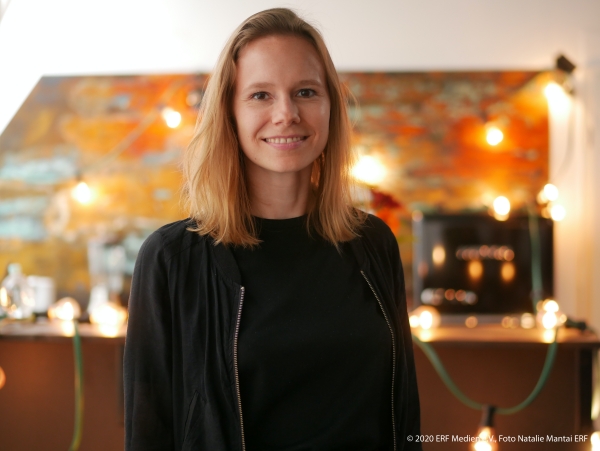
Anne Merkle
Anne leads the global partnership between WWF and Impact Hub which follows the intention to combine innovation and conservation. Both networks struggled with the theme of community building which is why the project Communities for Impact emerged, in which Anne functioned as a project manager and writer. After a B.Sc. Non-Profit Management, Anne spent many years working with NGOs, Global Networks, Accelerators and Foundations to walk in their shoes and understand what is driving and hindering them to collaborate for impact. In her role as a hybrid between two global networks, she builds up capacity, designs global programs and supports the development of local partnerships between WWF offices and Impact Hubs. www.linkedin.com/in/anne-kathrin-merkle-6926459a
